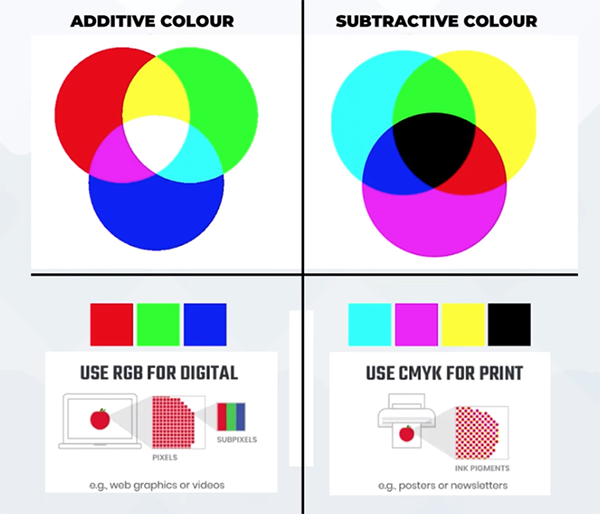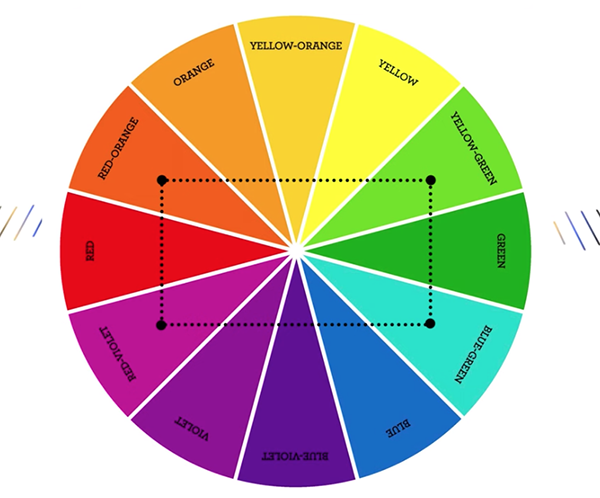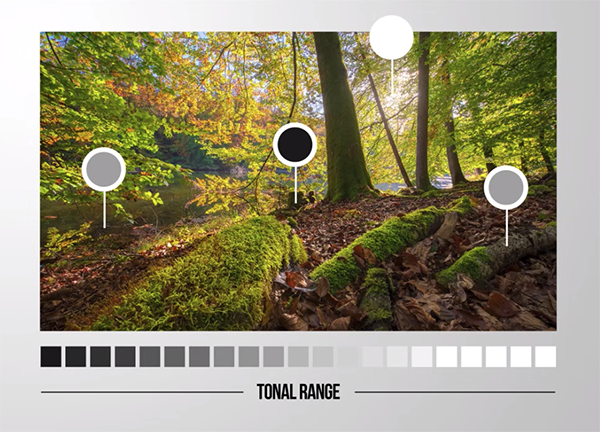Primark’s new £6 LED lantern is the perfect way to light up your garden – and it’s £20 cheaper than a high-end lookalike
The outdoor LED lantern looks unrecognisable from La Redoute’s
Everyone who is serious about photography needs a basic familiarity with color theory if they want to shoot and edit images with maximum impact. This tutorial will get you up to speed in barely five minutes and help you use this essential information in two very important ways.
Instructor Mike Rogala is a professional landscape photographer and image-editing expert and he puts it like this: “Understanding color theory is not just about enhancing the esthetic appeal of your images, because this knowledge is also essential for conveying emotions and becoming a more skilled visual storyteller.”
The concepts are essential for all types of artists, but Rogala limits this discussion to color theory in conjunction with the quality of prevailing light and it pertains specifically to the craft of photography. It all has to do with how your eyes and the sensor in your camera perceive light waves of different lengths—with every color responds in a unique way

Rogala also provides a quick overview of how Hue, Saturation, and Luminance factor into the equation when it comes to capturing and adjusting the various tones in an image—”three fundamental aspects of color that every photographer should know.” He explains that Hue refers to the color itself, while Saturation is a measure of color intensity, and Luminance (or brightness) defines “the amount of light emitted or reflected by a color.”
A solid understanding of the three aforementioned criteria is crucial for optimizing the tone and the depth of just about any image you shoot. Rogala explores the ramifications with graphics to help you understand how all this contributes to well-balanced images. He also clarifies the difference between the RGB color model for digital photography and how the CMYK model works for print.
You’ll also learn why Rogala says it’s important to calibrate your computer monitor at least every six months. Equally key, according to Rogala, is the periodic calibration of your printer, if you output images at home. Just spend some time with the instruction manual because most photo printers have a built-in calibration tool.

Another helpful tool for getting the job done is the ubiquitous color wheel for photographers, and Rogala explains how to use this tool to identify colors that are complimentary, noting that these appear opposite of one another when viewing a color wheel. You’ll learn how easy it is to create photos “with high contrast and vibrant effects” when composing a scene with complimentary colors in mind.
There are several other great tips and more details in the video, so be sure to watch until the end. Then check out Rogala’s instructional YouTube channel where you’ll find more information that will help you elevate your skills.
And on a related note, don’t miss the tutorial we posted recently from another expert who explains how to use Lightroom’s color-grading tools to create stunning landscape photographs with whatever mood you intend to convey.
Last week we featured a basic tutorial for outdoor photographers who have difficultly achieving accurately exposure photographs in difficult light. That one demonstrated how to get the light by using your camera’s Exposure (EV) Compensation feature.
Today’s lesson from the popular PHLOG Photography YouTube channel discusses another effective technique for capturing images with precisely balanced s by making one simple change to a camera’s Auto Exposure Bracketing (AEB) setting that “hugely improved the quality of my photos.”
German landscape pro Christian Mohrle is a favorite among Shutterbug readers who appreciate both his stunning photographs and the concise image-editing videos he shares to help everyone boost their skills. In today’s episode he explains how AEB works, when to use it, and why you’ll achieve more dynamic range with a five-shot (instead of a conventional 3-shot) auto bracket.

There are very few downsides to the method Mohrle prefers, and he quickly reveals what he says are the worthwhile tradeoffs. As always, you can download the demonstration phot with a link beneath the video and follow along as the simple Steps are explained.
Mohrle launches the lesson with a brief description of how AEB works for those new to the technique: “Every scene we shoot has its own tonal range depending upon the given light situation—from deep shadows to bright highlights.” A camera is limited to a narrower dynamic range than what are eyes perceive—and this discrepancy will affect your results depending upon how you set up shutter speed, aperture and ISO; namely the three components of the familiar exposure triangle.
Without proper adjustments you may end up with an images that have blown highlights or clipped shadows in key areas within the frame. Mohrle explains that some cameras have more dynamic range than others, and this is where AEB comes into play. The solution involves shooting multiple images of the same scene, each at a different exposure setting, and then merging them during the editing process to achieve one perfectly exposed shot.

If you’ve watched Mohrle lessons in the past, you know that he always begins with a few global adjustments to create the best possible base image for the magic that follows, and today’s preliminary enhancements are very straightforward.
The real key to this episode is why editing with a five-shot HDR sequence, instead of the typical three-shot approach, often delivers far superior results. Mohrle’s method is easy enough for photographers of all skill levels and he provides all the masking, color grading, and final sharpening adjustments necessary.
After watching the lesson head over to Mohrle’s instructional YouTube channel where you’ll learn many more editing techniques that will greatly improve just about any image you shoot in the great outdoors.
We also encourage you to watch least week’s related video mentioned above in which another accomplished pro recommends using your camera’s Exposure Compensation feature to shoot perfectly exposed outdoor photographs with any camera you own.
